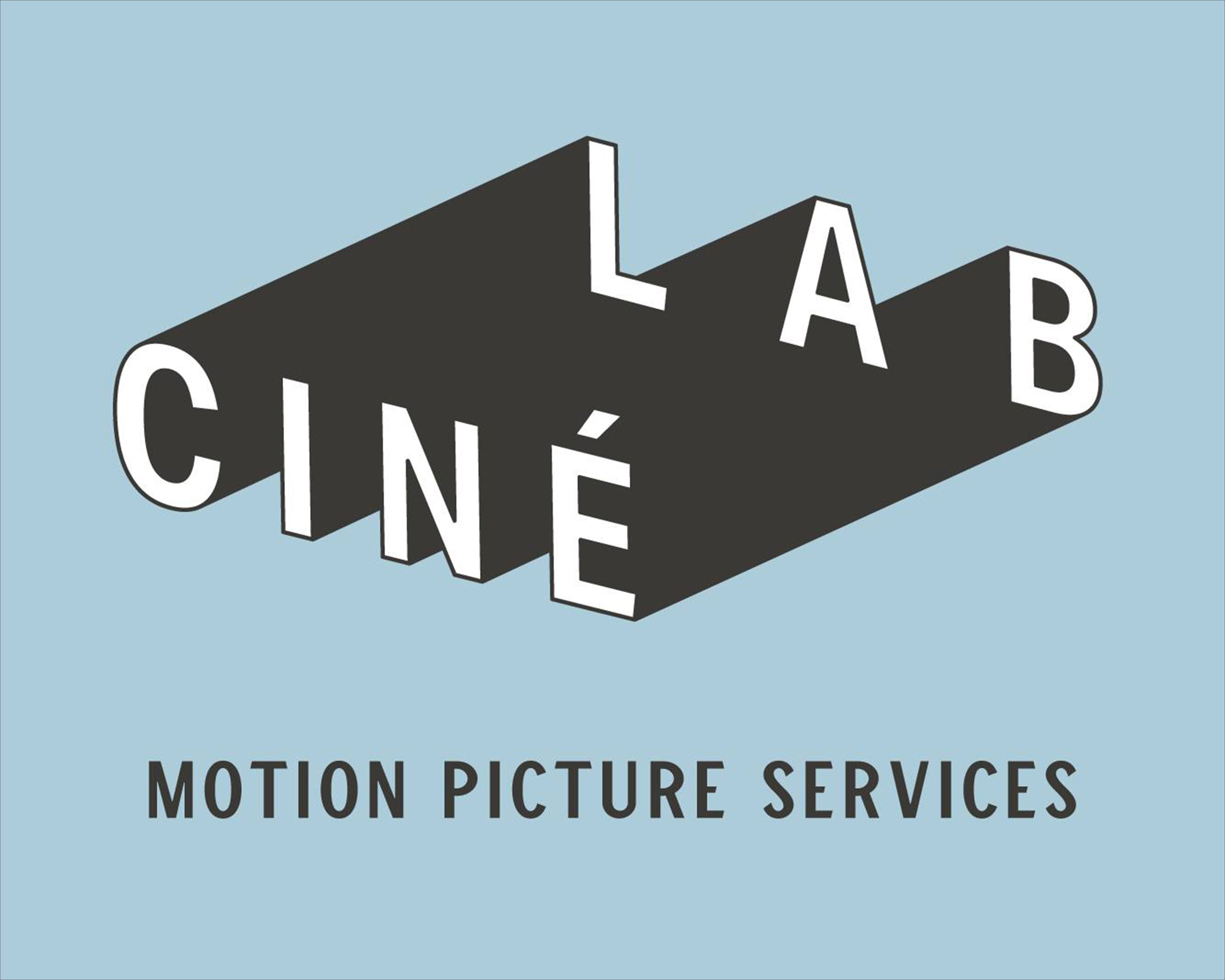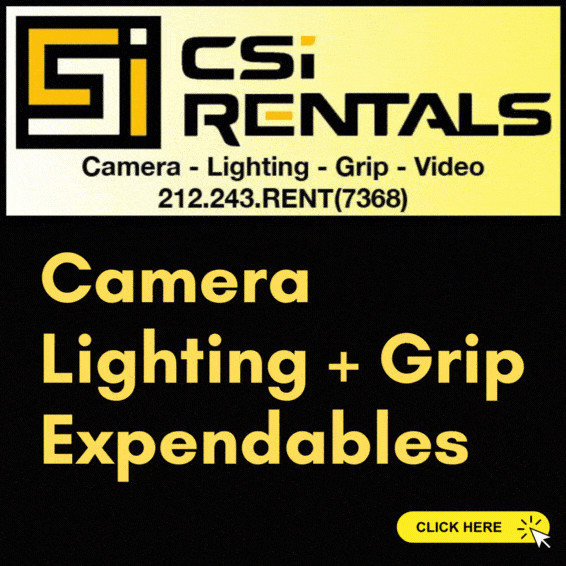benjamin_oxford
New member
Hi,
I'm a complete novice, so sorry if this post is on the wrong board. It is a camera question, though:
I'm hoping to shoot some short films in the not too distant future. I want to get a digital stills camera to help with auditions, scouting locations, storyboarding, etc. Also, simply from a cost point of view, I want to get experience behind a camera, no matter whether moving or still.
So, my question is, is there any particular spec of digital stills camera that will produce images that look comparable to a frame of High Def video, and/or to 35mm film? It would be good if I framed a shot with a certain lens, zoom, aperture, shutter speed, etc. etc., on a stills camera, that I could then know what settings I needed to reproduce the same effect on a cinema camera. Maybe there is a chart or set of calculations that can be used to work out equivalences?
Thanks in advance for your help,
Ben
I'm a complete novice, so sorry if this post is on the wrong board. It is a camera question, though:
I'm hoping to shoot some short films in the not too distant future. I want to get a digital stills camera to help with auditions, scouting locations, storyboarding, etc. Also, simply from a cost point of view, I want to get experience behind a camera, no matter whether moving or still.
So, my question is, is there any particular spec of digital stills camera that will produce images that look comparable to a frame of High Def video, and/or to 35mm film? It would be good if I framed a shot with a certain lens, zoom, aperture, shutter speed, etc. etc., on a stills camera, that I could then know what settings I needed to reproduce the same effect on a cinema camera. Maybe there is a chart or set of calculations that can be used to work out equivalences?
Thanks in advance for your help,
Ben





